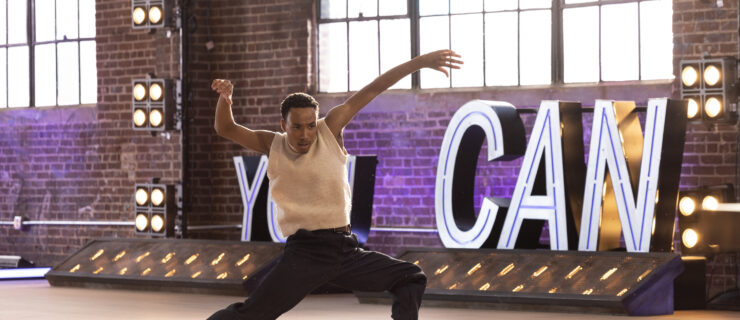The Ins and Outs of Bunion Care
Every time Jenna takes off her jazz shoes, her dance buds flee the scene. The ghastly sight isn’t a gnarly callus or a blister—it’s a bunion.
Bunions plague dancers of all disciplines. Bunion pain can be debilitating, making it impossible to balance on demi-pointe, work in pointe shoes or even walk properly. But even if the discomfort is tolerable, bunions can lead to a host of other nuisances like blisters and inflammation. Here’s what you need to know about slowing bunion development, controlling the pain and figuring out when surgery’s your best bet.
Causes
A bunion is a protrusion on the big toe joint, where the metatarsal bone grows away from the rest of the foot, causing the big toe to lean toward the smaller toes. Contrary to myth, dance does not cause bunions. In fact, research suggests that bunions are a hereditary deformity! Certain behaviors associated with dance, however, can cause bunions to develop faster, such as wearing tight-fitting shoes (like pointe shoes) and having flexible feet.
Arresting Bunion Growth
There isn’t anything you can do to prevent bunions if you’re predisposed, but you can slow their growth. Dr. Lowell Scott Weil, a podiatric surgeon who treats dancers in Chicago, recommends wearing boxy street shoes, rather than tight, pointed shoes; using a bunion splint at night (available at drugstores); and avoiding pointe work before your feet are strong enough.
In the past, orthotics (inserts worn inside a shoe) were thought to help, but a 1993 study conducted on teens and children by podiatrist Dr. Timothy E. Kilmartin found orthotics to be ineffective. Toe spacers can be helpful, but be cautious: “They should work,” Dr. Weil explains, “but if you force yourself into a shoe, it aggravates the bunion because it makes your shoe even tighter.” Toe spacers only help if you wear wider shoes.
Treatment
When a bunion begins to develop, don’t rush to your podiatrist for surgery. Start with at-home treatments. If the area develops friction blisters, use Vaseline and a small amount of lamb’s wool in your shoes. Dr. Weil also suggests massaging the bunion with ice, in the direction of your heart, to reduce inflammation.
Surgery
If bunion pain begins to interfere with your dancing, it’s time to talk to your podiatrist about surgery. Bunion surgery is not career-ending, but it’s important to find someone who specializes in dancers. Dr. Weil, for example, will not operate on young teens unless the pain is unbearable. However, if surgery is necessary, he says that getting it done before age 25 can speed up recovery time.
The operation is relatively straightforward. “We create a surgical break in the bone utilizing a tiny saw mechanism, and we move the bone over to where it’s supposed to be. We put in two little titanium screws that stay within the bone, realign the toe, put in dissolvable stitches, put the patient in a bandage, and she walks out,” Dr. Weil says. “Patients don’t need crutches or a cast, they just have to take it easy for the next week.” This means you can walk around, but you shouldn’t be on your feet for hours on end.
A week after the operation, Dr. Weil has the patient start rigorous physical therapy to build strength and maintain range of motion. Dancers under age 25 can expect to return to class within two to three months, while those over 25 should give themselves three to four months. The majority of patients never have bunions again—Dr. Weil’s recurrence rate is only three percent! (This is based on how good the surgery was, not genetics.) So if you think it might be time for surgery, it doesn’t mean the end of your dancing days.
For more on Dr. Weil: weil4feet.com.



